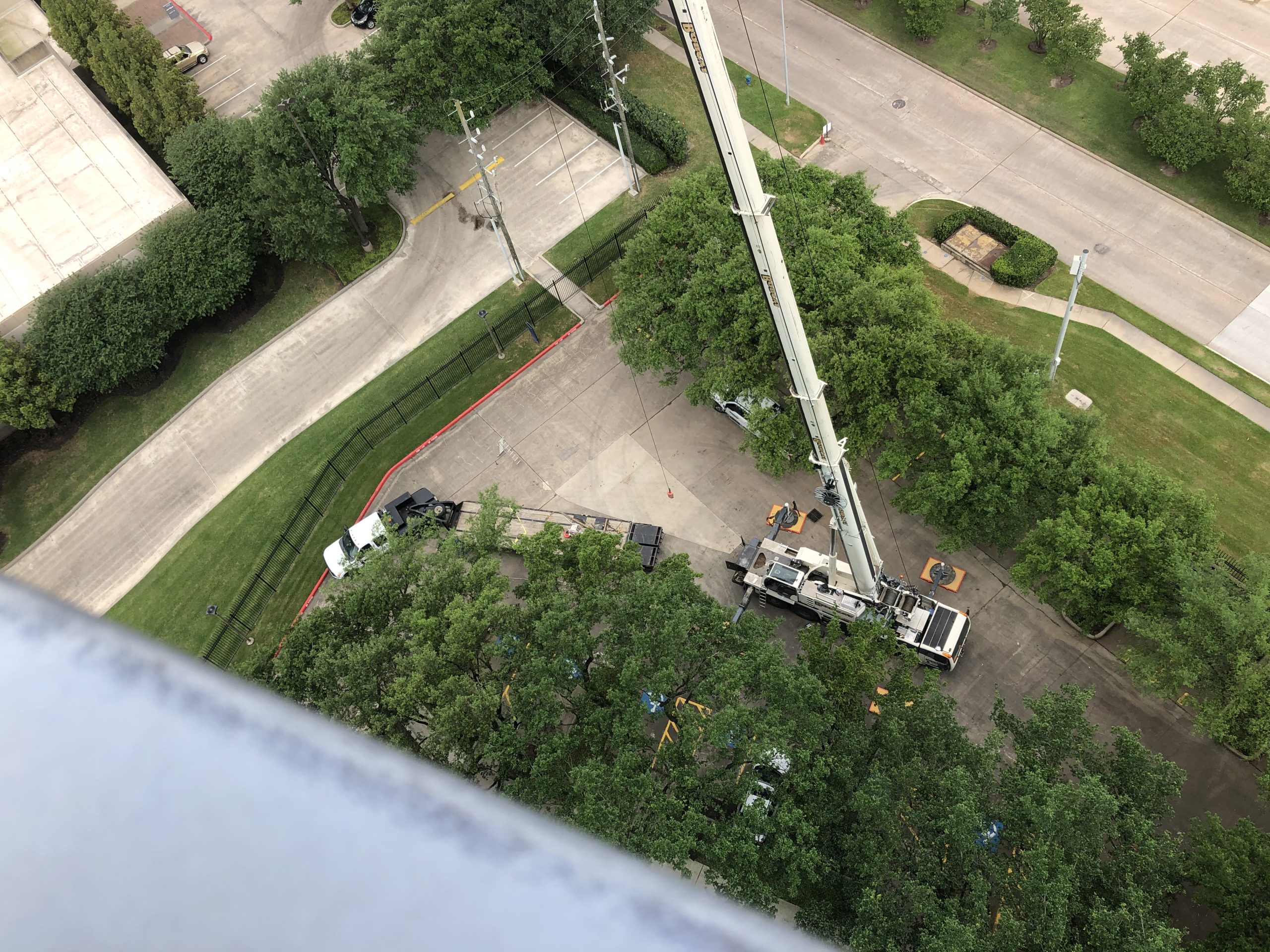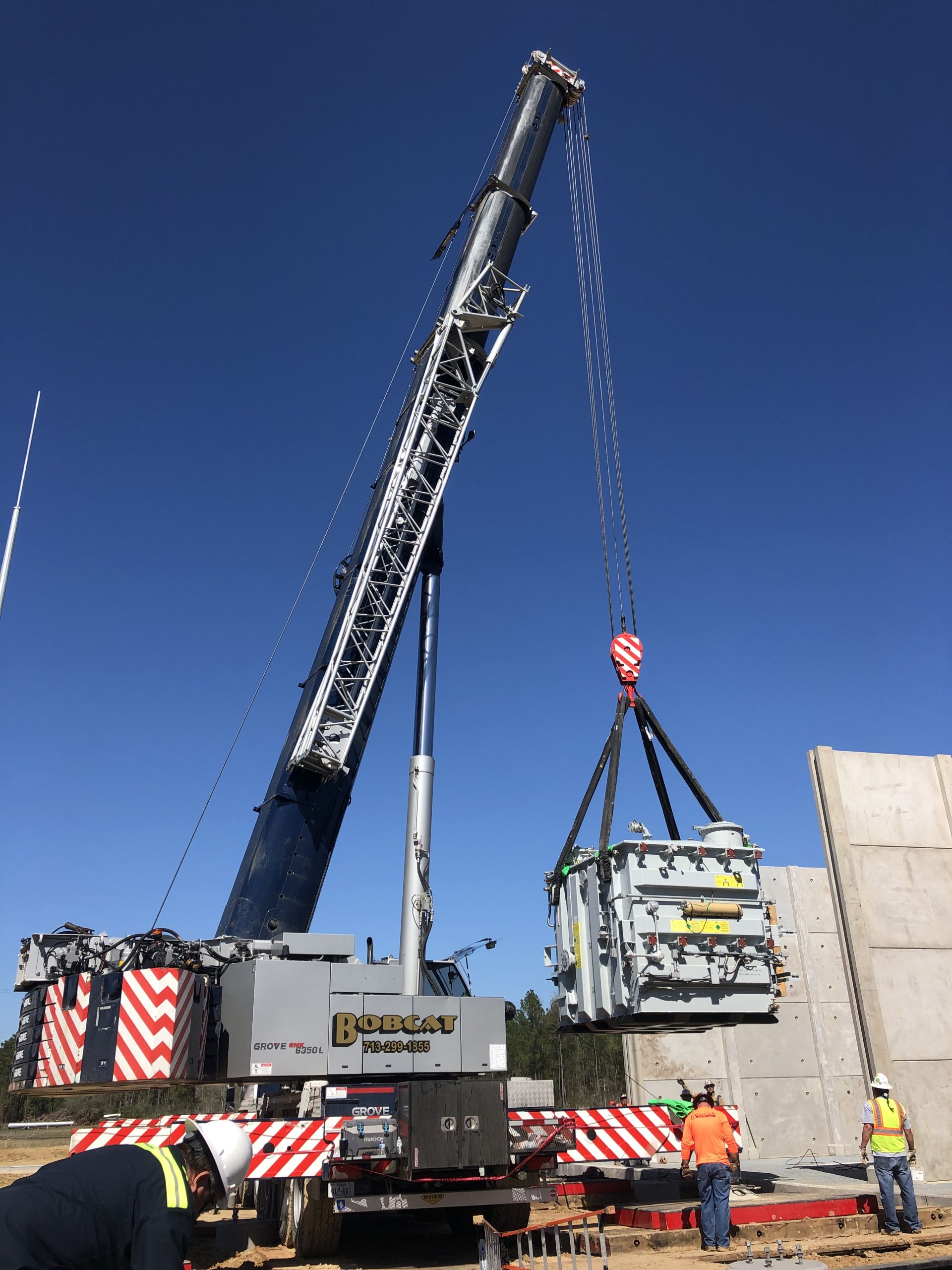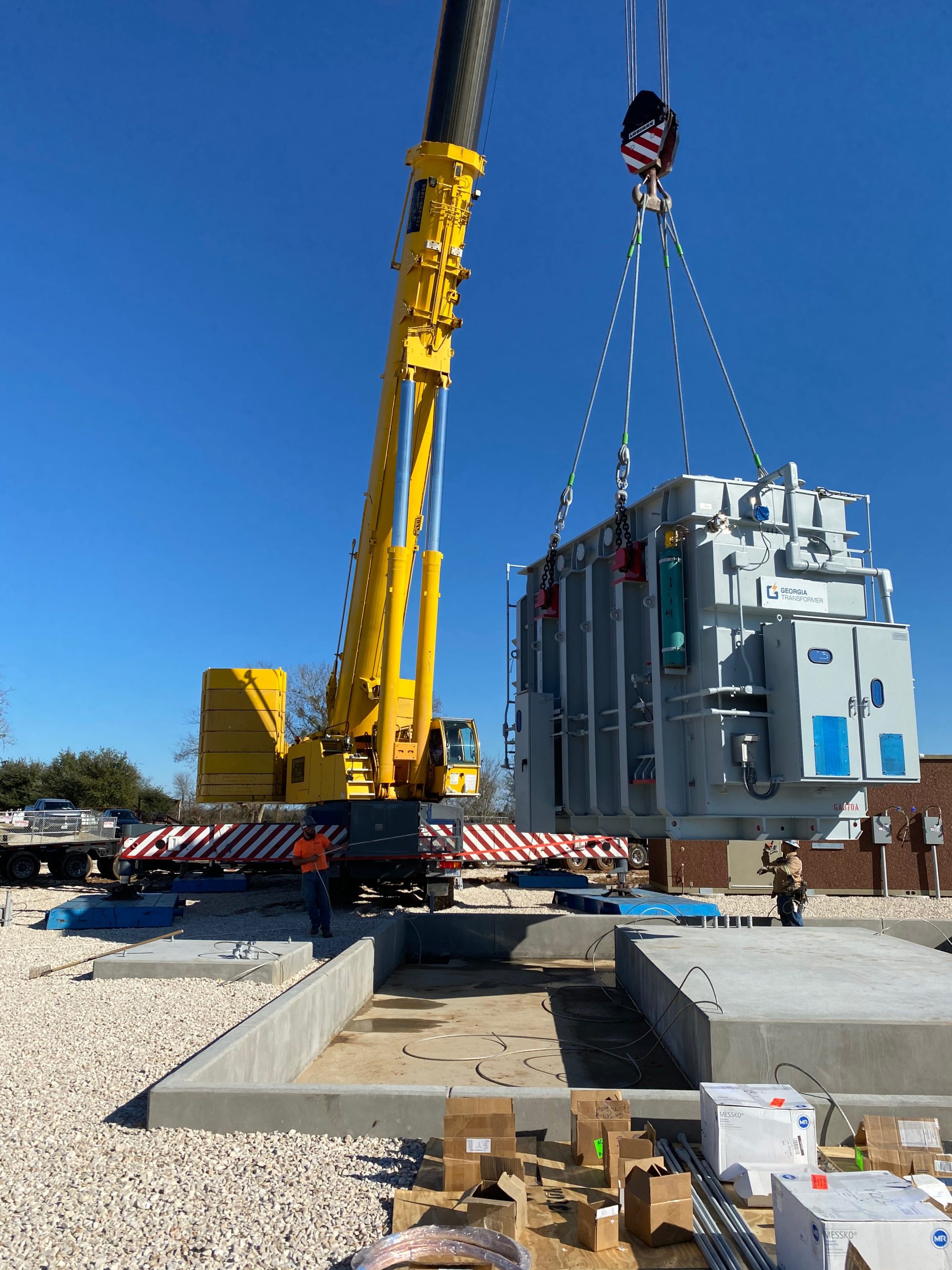
The success of a crane lift depends heavily on the preparation of the jobsite. Without thorough planning and preparation, crane lifts can become dangerous, costly, and cause project delays. This blog will guide you through the steps to prepare a jobsite properly for a crane lift of your crane rental in Corpus Christi, ensuring the operation is safe, efficient, and compliant with all regulations.
Assess the Task Requirements Thoroughly
This involves gathering detailed information about the load itself: its weight, size, shape, and any special handling considerations. You should also consider the lift’s height, radius, and any obstacles that could affect the movement of the crane or load.
Knowing these parameters helps determine what type of crane is suitable and how to plan the operation to minimize risks. For example, a heavier or unusually shaped load might require a crane with a higher capacity or specialized rigging equipment. Additionally, the nature of the load may dictate whether the lift needs to be performed in stages or with additional safety measures.
Choose the Right Crane for the Job
Cranes vary widely in terms of lifting capacity, reach, mobility, and setup requirements. It’s important to match the crane type to the specific needs of your project.
Mobile cranes are versatile and can be quickly repositioned, making them suitable for many job-site conditions. On the other hand, tower cranes offer height advantages but require more extensive setup. Rough terrain cranes are designed for uneven, off-road conditions but may have limited reach.
Selecting the wrong crane can lead to unsafe conditions, delays, and increased costs. Consulting with crane rental professionals or engineers can help you determine the best option based on your load’s weight, lift radius, jobsite layout, and accessibility.
Conduct a Comprehensive Site Survey
The site survey should identify any potential hazards or constraints that could affect the crane’s setup and operation. This includes checking for uneven or soft ground that may not support the crane’s weight, underground utilities, overhead power lines, nearby buildings, or limited space for crane assembly.
A site survey also helps determine where the crane will be positioned, how the load will be moved, and the path the load will travel. It may reveal the need for ground reinforcement or additional safety barriers.
Make sure the site survey is done by qualified personnel who can accurately assess risks and recommend necessary adjustments or precautions.
Secure All Required Permits and Approvals
Many crane operations require permits and regulatory approvals, especially when they involve public spaces, roadways, or working near utilities. Before scheduling a lift, consult with local authorities to identify what permits are necessary.
These permits might include traffic control plans for road closures, environmental clearances, or notifications to utility companies to temporarily disconnect power lines. Obtaining the correct permits not only keeps the project compliant but also helps avoid costly fines, work stoppages, or legal complications.
Document all approvals and ensure that everyone involved in the lift is aware of any conditions or restrictions imposed by regulatory bodies.
Develop and Share a Detailed Lift Plan
This document serves as a blueprint for the entire crane operation, outlining everything from crane placement to rigging procedures, safety measures, and contingency plans.
A thorough lift plan includes:
- Load details (weight, dimensions, center of gravity)
- Crane type and configuration
- Rigging gear specifications and attachment points
- Lift path and clearance zones
- Communication protocols
- Roles and responsibilities of personnel
- Emergency procedures
Once the lift plan is developed, distribute it to all members of the crew involved in the lift, including operators, riggers, supervisors, and safety officers. Make sure everyone understands the plan and their specific tasks.
Prepare the Ground and Setup Area
The ground condition under the crane significantly affects lift safety. Before the crane arrives, prepare the site to ensure the crane can be set up on stable and level ground.
This may involve grading the soil, compacting loose earth, or using crane mats and steel plates to distribute the crane’s weight evenly. Uneven or soft ground increases the risk of crane tipping or settling during operation.
Clear the area of debris, equipment, and unnecessary personnel to create a safe zone around the crane. Make sure there is enough room for crane assembly, load handling, and disassembly after the lift.
Coordinate Rigging and Attachments
The rigging gear—slings, shackles, hooks, and other attachments—must be suitable for the load and in good condition.
Coordinate with a qualified rigging team to inspect all rigging equipment before use. Ensure the rigging configuration maintains the load’s balance and stability during the lift. Improper rigging can lead to load shifts or dropped loads, endangering personnel and equipment.
Establish Effective Communication Methods
Communication is often overlooked, but it is vital for crane lift safety. Crane operators may not have clear visibility of the load or riggers at all times, so establishing reliable communication channels is necessary.
Use two-way radios, hand signals, or designated signal persons to maintain constant contact. All personnel involved should be trained and familiar with the communication methods and signals.
Contact Bobcat Contracting for Crane Lift Services for Your Crane Rental in Corpus Christi
Thinking about a crane lift in Corpus Christi or nearby? Bobcat Contracting is here to make it happen smoothly and safely. With our expert team guiding you from choosing the right equipment to prepping your site and handling the lift, you can trust we’ll keep your project on track.
Don’t leave your lift to chance. Reach out to Bobcat Contracting today for dependable crane rentals in Corpus Christi that put safety and efficiency first.


